Understanding the obliques
There are two main muscles amongst the abdominal muscles and they include internal and external obliques commonly referred collectively as obliques. The muscles that are on the sides of the abdomen are essential in providing support for the trunk in functions such as trunk rotation, lateral movement, and in providing stability to the spine.
The external ones are the outermost layer that runs diagonally from the lower part of the ribs to the pelvis and the internal ones are located beneath the external ones and also run horizontally at an angle of 90 degrees to them.
These muscles are useful for holding up the body, stability especially of the upper part of the body and also playing a crucial role when carrying out twisting and bending movements. Flexibility of the obliques is a crucial factor that will solve problems of injury, back problems and increase the level of performance necessary for an athlete.
The Importance of Oblique Stretches
It is necessary to ensure that your oblique muscles are flexible to improve on your core strengths, and physical fitness. The obliques are important muscles that help in support of spinal column, enable trunk rotation, and help in posterior support. Hence, the integration of oblique stretches into your exercise regime will assist in providing balance, preventing such injuries from occurring and enhance your performance on the sports field.
Other muscles that should be stretched include the oblique muscles as these also assist in maintaining the back’s muscle tone and support. This article will discuss five more oblique muscle stretches that can be incorporated into one’s stretching regimen to improve flexibility and maintain proper muscle balance.
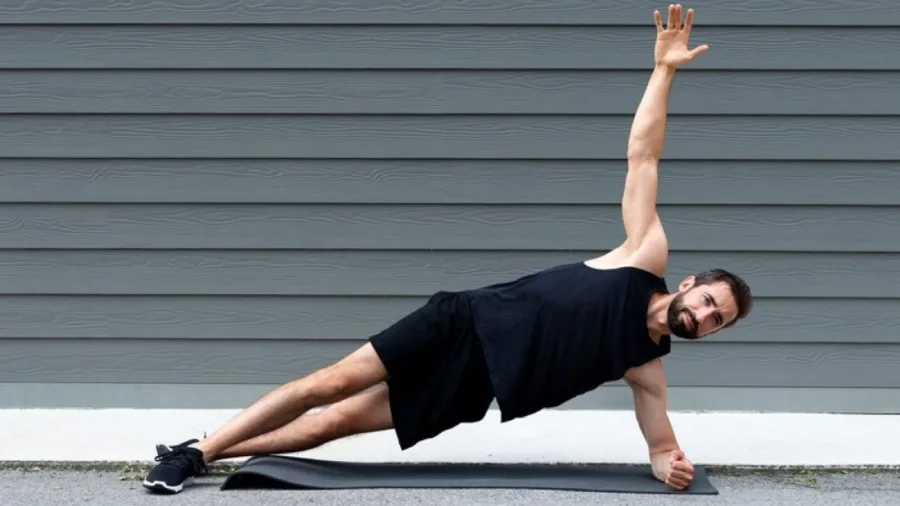
Oblique muscle stretch
1. Standing Lateral Bend Stretch
The standing lateral bend is also a quite easy stretch that can help you to stretch obliques without the use of equipment.
How to do it:
- Keep your legs and knees spread wide apart, and place your hands on your hips.
- Gradually lean forward to one side while the upper part of the body should be in front of your legs and your hips should remain still. This exercise can be repeated for 2-3 sets of 15-30 seconds each, before resting momentarily and then repeating the process from the initial position.
- Repeat on the other side.
2. Seated Russian Twist Stretch
The seated Russian twist stretch is a movement-based stretch that helps in stretching the internal as well as the external oblique muscles.
How to do it:
- Sit on the floor with the feet placed on the ground as wide as your shoulders are wide. Letting your knees bend slightly inwards, towards each other while squeezing your elbows back, ensure your lower back remains straight and your abdominal muscles tight.
- Relax in the chair and put your arms on the backrest or put them across the chest.
- For this reason, lie down flat on the ground with your legs bent and your arms spread out sideways on the ground to the right and left, respectively, feel a stretch in your obliques as you rotate your trunk to one side.
- Keep this position for one to half a minute before rolling to the other side.
- Another somewhat similar stretch is the seated twist stretch which involves sitting on the floor and bringing one leg over the other bringing the knee of the folded leg to twist around the floor using the thigh as a fulcrum while twisting to one side is repeated on the other side to complete the motion.
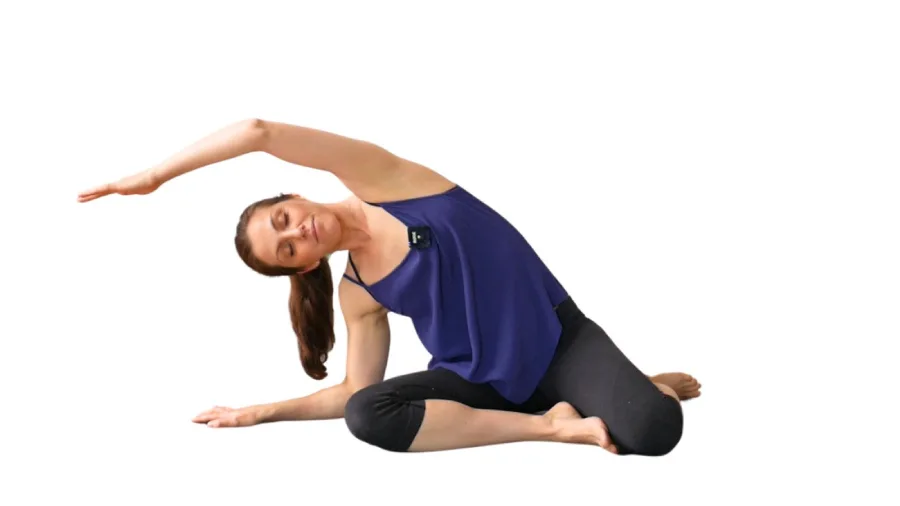
3. Mermaid Stretch
Mermaid stretch is a good oblique exercise and an implicit lumbar flexing stretch motivated by yoga.
How To do it:
- Lie on your side and bend the right leg and place your weight on your hip joint with your toes touching the ground.
- Lift the left arm up to the sky and, with a slow twist this time, proceed to move the upper body down towards the touched left knee in an attempt to nearly touch the toes.
- Another balance on its side and the same must be held for 15 to-30 seconds before switching sides.
4. Side plank with dips on the sides
This is an advanced oblique stretch exercise which also involves strength exercise too annihilated beneath the side plank exercise.
How to do it:
- Begin the side plank position with your right forearm on the ground while your right knee is directly under it and your body aligned from the head towards the feet.
- Lower your hips slowly till they near the floor while the abs hit the side muscles, then bring them back to the original position.
- Do not let go of the position for a few seconds before switching to the opposite side.
5. Lying Spinal Curl Stretch
The lying spinal curl stretch is easy relaxation that is specifically appropriate for the oblique and lower back muscles.
How to do it:
- Starting position lies on the back with the arms and legs relaxed at the side and the knees flexed.
- Lever slowly the left knee as far as you can to one side without moving the shoulders off the floor and the left foot remains flat on the floor while twisting your head in the opposite direction.
- This position should be held for 15 to 30 seconds before changing sides.
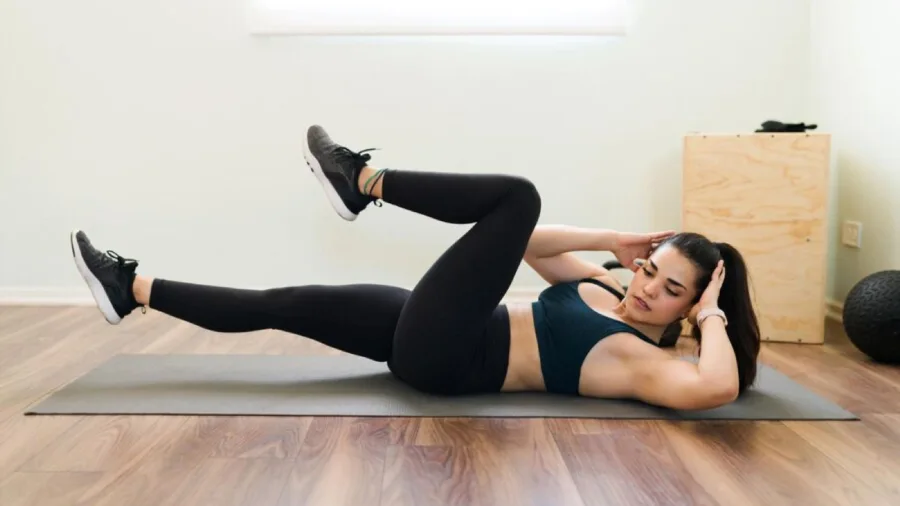
Oblique Abdominal Exercises
Apart from stretching, it is very important to do some exercises to firm the oblique muscles. The following are the five forms of exercises in the obliques:
Bicycle Crunches: Sit up on your bum while twisting your body towards your right side and touching the right knee with the left hand while straightening the right leg with the sole facing up.
1. Bicycle Crunches
How to do them:
- Lay flat on the back, cross your hands behind the head on the cervical region and then, while exhaling, raise the upper part of the trunk and both legs towards the vertical plane.
- Twist your trunk, bending your right knee and take your right arm to left knee level.
- Change at the lateral plane as you cycle; effectively crunch your abs with each arc.
2. Side Planks
How to do them:
- Lively this position, move to lay on your side while positioning your elbow at your shoulder level and extend the legs.
- Raise your hips up until your hips are aligned with your shoulders and your feet.
- Make sure that you touch the floor with your right hand with your fingers spread and return to the standing position and hold for 30-60 seconds on each side, also contract the obliques.
3. Russian Twist
How to do it:
- If standing calf stretches are not sufficient then one can perform the exercise as follows: Sit on floor keeping your knees bent and your feet flat on floor.
- Stand with your feet shoulder width apart, feet slightly staggered, and lean backward slightly while grasping a weight or medicine ball in a non-swinging hand.
- Bend to the right and to the left and then drop the weight to the floor beside you on the particular move.
4. V-Ups
How to do it:
- Laying on your right side, bend both legs as much as you can and fold your hands over your head.
- Bend your hips and knees at the same time, reaching your hands down toward your feet.
- This is done by lowering your back down and doing about 10-15 repetitions on each side of the body.
5. Hanging Knee Raise
How to do it:
- Tuck your legs and hang from the pull-up bar grasping the bar with your hands and and your legs firmly placed on the bar.
- First, bend your legs towards your chest, while making the movements of turning your lower body to one side.
- Lower your legs back down on the ground and do the same on the other side of your waist with every repetition.
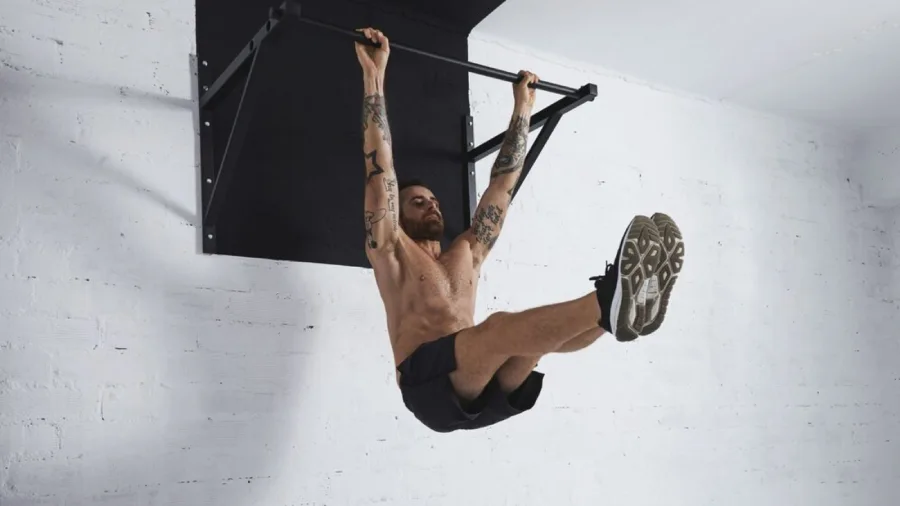
Solution
The man should use oblique stretches and specific abdominal movements to ensure flexibility, minimizing the chances of getting an injury, and enhancing performance. That said, the following five stretching exercises expounded in this blog post are ideal for targeting this often neglected muscle area. Remember to always heed to the body with all the advantages if these moves through perfect control.
Through these exercises, you will be able to improve the strength of your core abdominal muscles, correct the body postures and hence have a more balanced and better body flexibility for the muscles. Concentrating on your oblique muscles is advantageous to your performance as a sports person and even for your overall health since this type of exercise develops strength of the muscles within this area.
Frequently Asked Questions
1. Why are oblique muscles important for overall fitness?
These muscles play an important role during rotation and lateral movements, are involved in the fixation of spine and are a part of the trunk muscles. Exercise is known to increase the bone density of the muscles, work to correct bad posture, and prevent the likelihood of getting an injury as well as improving athletic ability.
2. How often should I stretch my obliques?
It is advised to stretch the oblique muscles at least thrice a week in order to avoid tightness or squeeze of the muscles at the lower back and sides of the abdomen.
3. Can oblique stretches help with back pain?
Yes. Daily oblique stretching can help alleviate the issues in the lower back, boost lumbar support and decrease the probability of strains or chronic back aches by strengthening core stability and elasticity.
4. What’s the difference between oblique stretches and oblique exercises?
The types of stretches are oblique stretches that help one to heighten his/her flexibility and fast muscle recuperation whereas oblique exercises are such as bicycle crunches or Russian twists that build and enhance the mass of the muscle. This is important because both of them are crucial elements in a primary set of exercises.
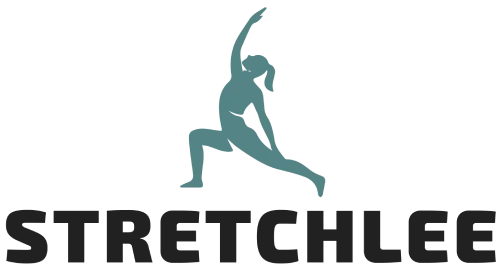
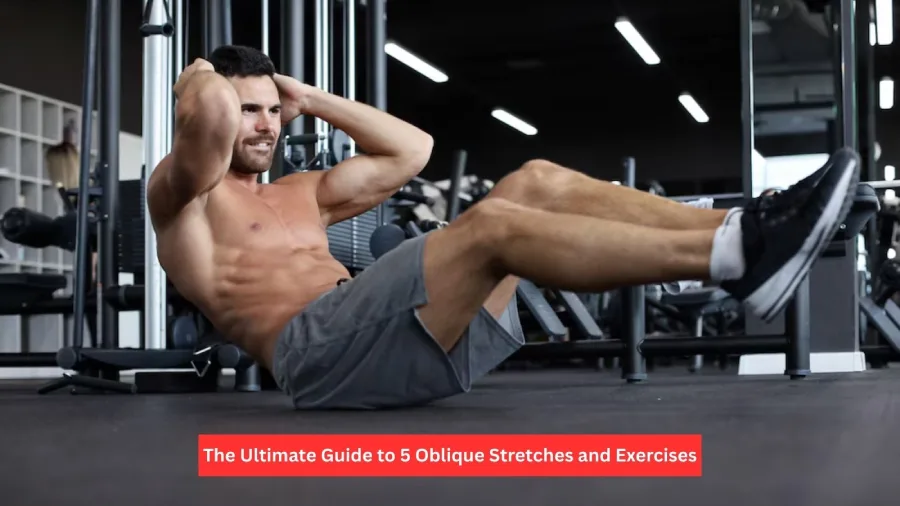

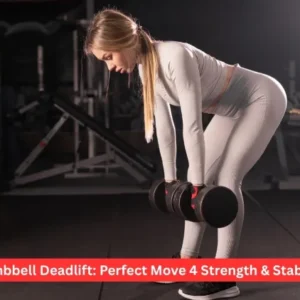
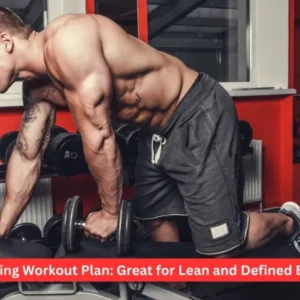



2 thoughts on “The Ultimate Guide on 5 Oblique Stretches and Exercises”
Hey! I’m at work browsing your blog from my new iphone! Just wanted to say I love reading through your blog and look forward to all your posts! Keep up the great work!
Thank you so much! 😊 I’m glad you’re enjoying the blog—your support means a lot. Stay tuned for more great content!